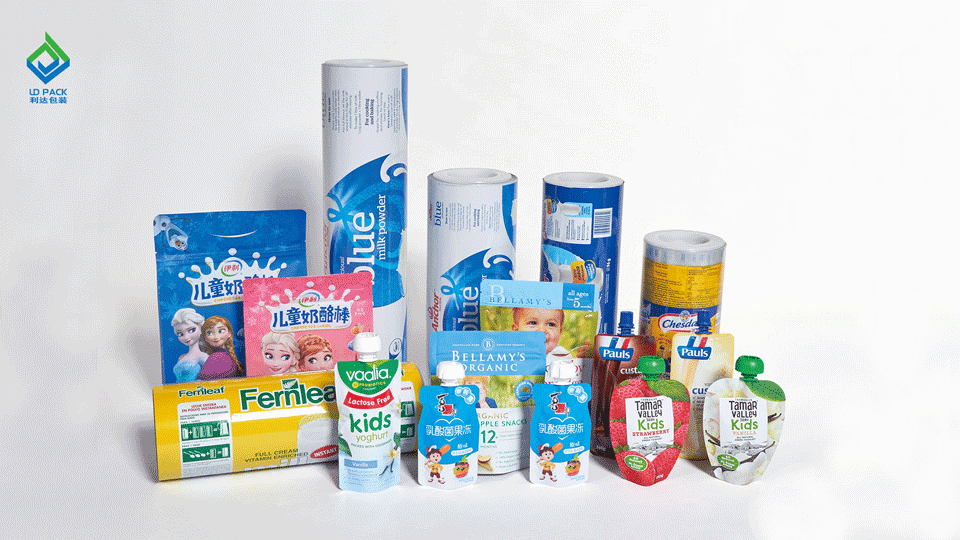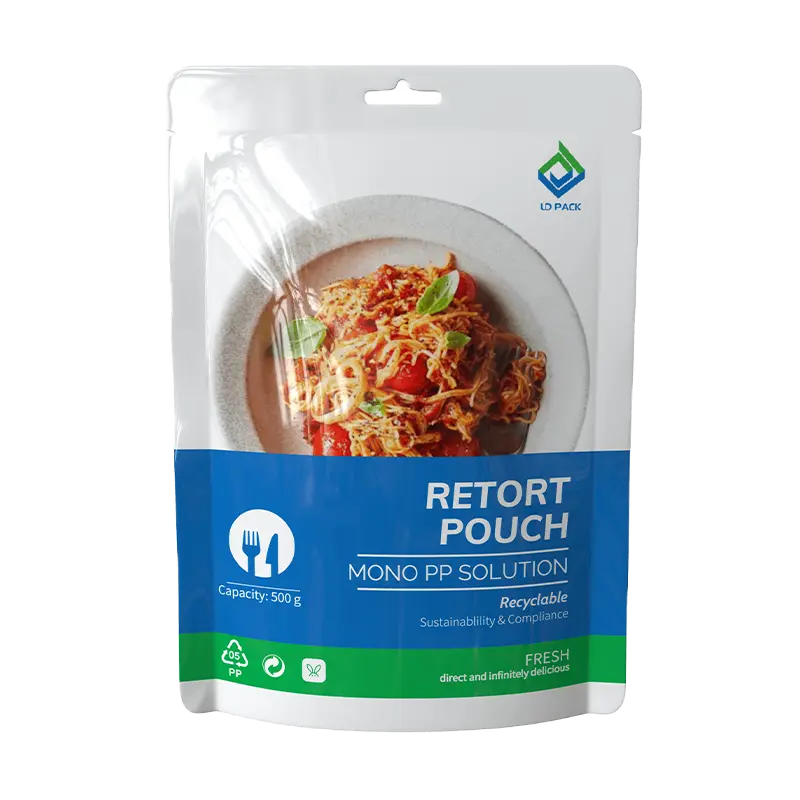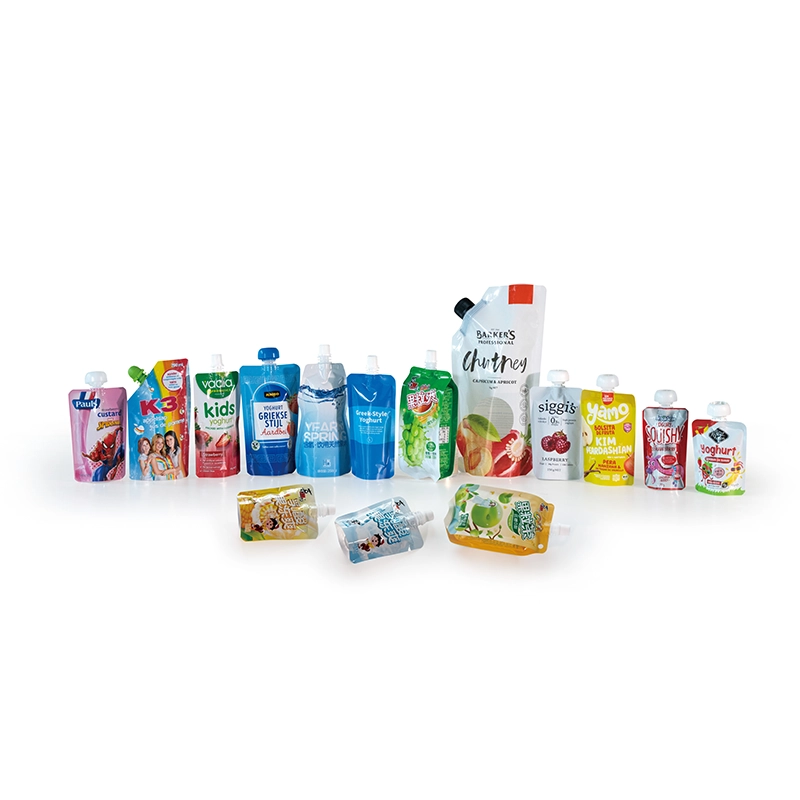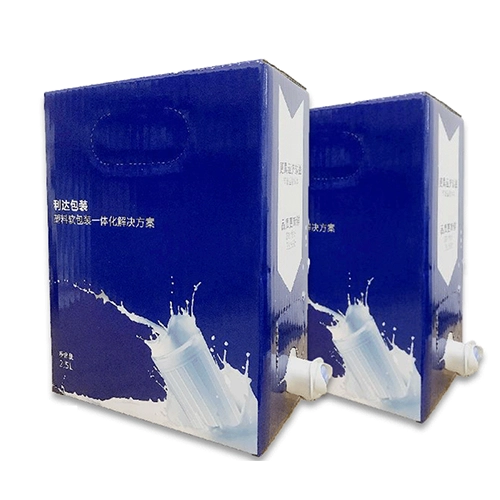Use smoothing roller correctly
Abstract: Understanding the working principle of the smoothing rollers and using it well can help to solve many quality problems of dry lamination.
Dry laminating machine is usually equipped with smoothing roller.
The smoothing roller can smooth out the uneven adhesive on the film, so the adhesive will get complete flat before entering the drying box. Therefore, it is important to use the smoothing roller when the concentration of the adhesive is high. Because the levelling property of the adhesive will get weak and the adhesive layer becomes thick under the high concentration. The adhesive will be hard to level without the external force of the smoothing roller, resulting in bubble or orange peel-like appearance when laminating.
1.Use smoothing roller correctly.
The following issues should be considered when using: no scratching, surface smoothness, no foreign matter etc., otherwise, the leveling performance of the adhesive will be destroyed.
The diameter of the smoothing roller is generally 20 mm (Larger diameters are also available), and its surface is treated by chrome plating and polishing, and its surface smoothness is close to the mirror. Generally it is placed between the coating roller and the drying box, parallel to the first substrate and close to the coating roller as much as possible. Plus, it should be possible to push the first substrate back by at least 60mm to adjust the contact angle and pressure between the smoothing roller and the first substrate.
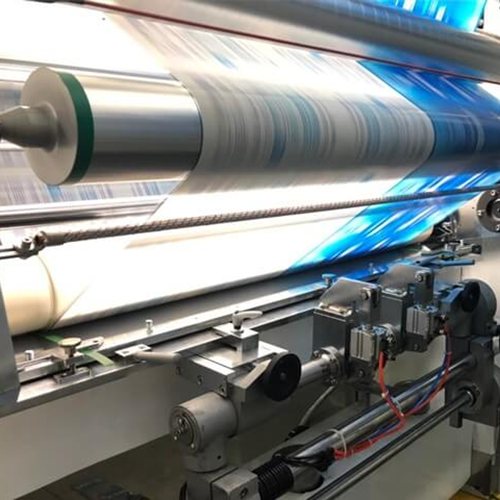
The rotational speed and direction of smoothing roller is controlled by a micro adjustable speed motor. The smoothing roller can be rotated in the same direction or in the opposite direction with the first substrate. Reverse rotation could achieve better gluing effect from experience. The role of smoothing roller is to smooth out the glue with the friction force between the adhesive film and the roller, when the glue is still in low viscosity and good fluidity.
Before passing the smoothing roller, the first substrate with glue is semi-transparent, like ground glass. And its transparency will be significantly improved after passing the roller.
The larger the angle between the smoothing roller and the film, the longer contact arc between them, which will generate greater friction between the contact surface (under the same substrate tension condition), achieving better smoothing effect.
In practice, the reasonable adjustment method is: start the laminating machine first, and then put the smoothing roller on the gluing film with the right angle. Observe the change of the transparent part of the gluing film (such as the film edge), while manually adjust the rotation rate of the smoothing roller. When the transparency of the film has been significantly improved, it is the appropriate speed of the smoothing roller.
When using smoothing roller, most users will adjust the position and speed of the roller in accordance with the appearance requirements of the products (transparency, white spot). However, for some reasons from equipment or operation, when the roller rotates in opposite direction, the films will run unsteadily or it is easy to wrap the film , that’s why some operators are unwilling to use it. To avoid this problem, it is suggested to make the smoothing roller rotate in the same direction with the film, so as to reduce the friction force, which is easy to operate as well. When the roller and the film run in the same direction, the speed of the roller is slower, and it will generate a speed difference between the roller and film by enhancing the laminating speed, which will smooth the glue. If the roller and the film both run in high speed, they will stay in a relatively static state, causing a bad smoothing effect.

